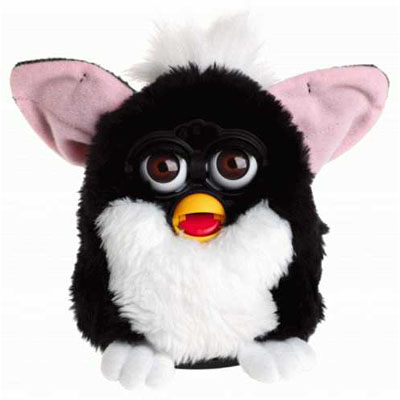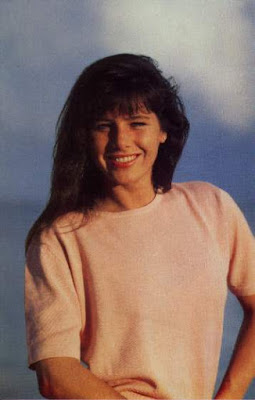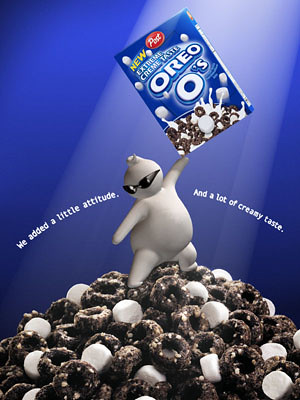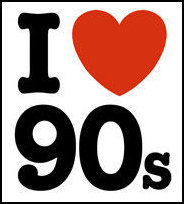
For generations, kids have grown up delighting in the fun and whimsy of Warner Brother's Looney Tunes. They're silly, they're quotable, they're animated...and apparently highly skilled at basketball.
So perhaps it seemed like an unlikely scenario that our old cartoon standards were tearing up the court, but in 1996, that's exactly what they set out to do. Even to highly imaginative children, it seemed seemed improbable that Bugs Bunny and the gang were going to excel basketbally. That is, until we found out they were enlisting the world-famous skills of none other than 90s basketball superstar Michael Jordan.
Rewind a decade or so, to a time before Michael Jordan was just the guy engaging in cheesy banter with Charlie Sheen in the tagless Hanes tees commercials. Once upon a time, Michael Jordan was every kid's hero. He was the Jordan of our Air Jordan sneakers, our favorite Dream Team player, and the man who brought fame and success to our beloved (at least in my corner of the world) Chicago Bulls. That was, until he pretended to play baseball. But that's a story for another time.
Kids everywhere looked up to Michael Jordan. They believed he could do anything. In fact, they almost believed (wait for it, wait for it)....
He could fly.
(And don't you worry. We'll get to that Quad City DJs song in another post. You didn't think I could leave that one alone, did you? Did you??)
So when we all eagerly lined up at movie theaters, settled in with some buttered popcorn, and heard R. Kelly's lyrical interpretation of a young Michael Jordan believing he could fly, we were right there with him. MJ had been a kid. We were kids. Remember, this was before we knew that R. Kelly liked kids, so it was still acceptable get caught up in the fantasy. Ours, that is. Not his.
Space Jam was a child's dream. It's hard for me to imagine any contemporary basketball star calling up his agent and saying, "You know what I really want? To act in a feature film with cartoons. Make it happen." Call me cynical, but it seems doubtful Lebron or Kobe would be up for such shenanigans (although, to their credit, they have appeared in those Most Valuable Puppet commercials). No, this was a different time, and Michael Jordan was a different player. It had all of the ingredients of child-friendly greatness.
The plot begins as a tongue-in-cheek play on Jordan's real-life rocky transition from legitimate basketball hero to semi-respected minor league baseball player. Meanwhile, planets away, these weird little space bugs (Nerdlucks, if you will) are dispatched on a mission to kidnap the Looney Tunes to serve as in-house entertainers. I know what you're thinking, it makes perfect sense. Now bear with me here, because it gets even more logical as the plot curdles...er, thickens.
So these Nerdluck fellows find their way to earth, they get ahold of the Looney Tunes crowd and seek to take them back to the Nerdluck home planet, Moron Mountain. Still following? It's okay if you're not, I won't tell. Anywho, the Looney Tunes manage to convince these space critters that the only way to settle this is through a basketball game. Given their advantage in stature, it seemed like a fair bet.
Apparently these Nerdluck guys were some kind of magical, because they traveled to earth and managed to zap the basketball powers out of many prominent 90s NBA players. Lucky for us, countless big-name basketball stars were willing to embarrass themselves to this end:
Please, PLEASE tell me you recognized Dan Castellaneta, aka Homer Simpson, as that bald fan sitting next to the Nerdluck disguise. That's just too 90s-tacular to miss.
So now the Nerdlucks are big and scary and according to their jerseys, Monstars. Clever, no?
Bugs and Co aren't about to stand for this. They yank MJ through a golf hole into Looney Tune land to help them step up their game. After all, he's just a sort of crappy baseball player now, how much could they really miss him? So, several cheap jokes and athletic training montages later, here we all were at the ToonSquad/Monstars showdown. May the best man/tune/Monstar win.
Wow, just look at that dramatic Stretch Armstrong-esque ending moment. The crowd goes wild. The kids go wild. The NBA players' skills are restored and Jordan returns to basketball. All is right in the world again.
Looking back, the film wasn't all that well-received by critics, but my peers and I were utterly oblivious to this fact as children. Apparently, kids across the nation (and later, the world) agreed with us, as the film was a huge financial success. Things like plot and character development aren't of particular significance to children.
What really mattered to us was seeing our childhood heroes--animated and athletic--joining together in the bonds of...well, something. And for that single moment of cartoon/sportsman contact, it was magical.































